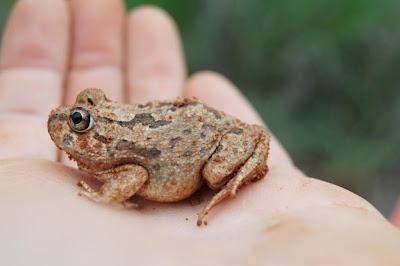 |
| Long-haired Rat Rattus villosissimus, just one of several uncommon species that may be found in the vicinity of ASCC. |
The registration of the Alice Springs Correctional Centre with Land for Wildlife was finalised at 1pm on the 23rd of August. The Land for Wildlife coordinators handed over the final report produced from their property assessment conducted with Dr. Bill Low and Chief Horticultural Officer Shane Secombe.
Superintendent Bill Carroll has given enthusiastic support for the program’s values from the very beginning of the registration process. Land for Wildlife will now provide support and advice to maintain the conservation values of the property which contains several areas of remnant vegetation, aquatic habitat, and significant trees. The restorative power of spending increased amounts of time and working closer to nature has been well demonstrated by the work of Professor Doug Tallamy from the University of Delaware, and Audubon Medal recipient Richard Louv. Membership of LfW will help ASCC to protect habitat for wildlife and provide a more restorative environment for employees and inmates at the centre.
The LfW scheme also has the potential to open pathways for inmates into training and employment within the natural resource management industry. Shane Secombe already has a thriving horticultural program at the centre. This can be strengthened by LfW workshops and by using the large network of LfW members to distribute seeds and propagated plants from the centre nursery.















